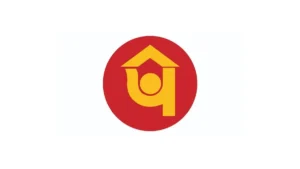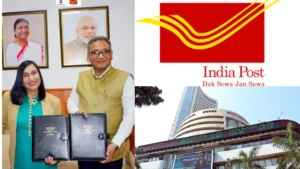Haryana CET Results
Haryana CET Results: Haryana Staff Selection Commission (HSSC) declared the Haryana CET Results on 10th January 2023 on the official website. The Haryana CET 2022 was conducted by National Testing Agency (NTA) for Group C government jobs in Haryana on the 5th and 6th of November 2022. More than 7 Lakh candidates appeared for the HSSC Common Eligibility Test.
Buy Prime Test Series for all Banking, SSC, Insurance & other exams
Haryana CET Results 2022 Out
The HSSC CET 2022 was conducted by NTA and the Haryana CET Results 2022 are declared on the official website www.hssc.gov.in. The candidates can check their Haryana CET Results with their registration number and date of birth. The exam was conducted online from different exam centers across the state.
Haryana CET Results Important Dates
The Haryana CET Results were declared on 10th January 2023. The candidates can check the table given below to know more about the important dates related to HSSC CET 2022 Examination.
| Important Events | Dates |
| HSSC CET Application Form | 1st January 2022 |
| Last date to fill the HSSC CET Application Form | 10th July 2022 |
| Haryana CET Exam Date for Group C Post | 5-6 November 2022 |
| Haryana CET Official Answer Key | 7th December 2022 |
| Haryana CET Results 2023 | 10th January 2023 |
Haryana CET Results Direct Link
Candidates who appeared for the HSSC CET Examination can now download their results from the official website or they can click on the link below to check their Haryana CET Results 2023.
Haryana CET Results 2022-Click Here
Haryana CET Results Score Card and Marks
The Haryana Staff Selection Commission has announced the Haryana CET Results along with the HSSC CET 2022 score card. Candidates can check their marks and qualifying status. Candidates can download the score card from the official website, or they can click on the link below to check their HSSC CET 2023 Scorecard directly.
HSSC CET 2023 Scorecard-Click Here
How to Download Haryana CET Results?
Step 1: Visit the official website of the Haryana Staff Selection Commission, www.hssc.gov.in
Step 2: On the homepage, click on the ‘Candidates Login’ section.
Step 3: Candidates can log in with their registration number and date of birth.
Step 4: Click on the “Download/Print: Score Card” button to view the score card.
Step 5: Candidates can save and download the Haryana CET Results 2022 to check their qualifying status.




 PNB Housing Finance Appoints Ajai Kumar ...
PNB Housing Finance Appoints Ajai Kumar ...
 Department of Posts and BSE Sign MoU to ...
Department of Posts and BSE Sign MoU to ...
 Retail Inflation Rises Slightly to 0.71%...
Retail Inflation Rises Slightly to 0.71%...







